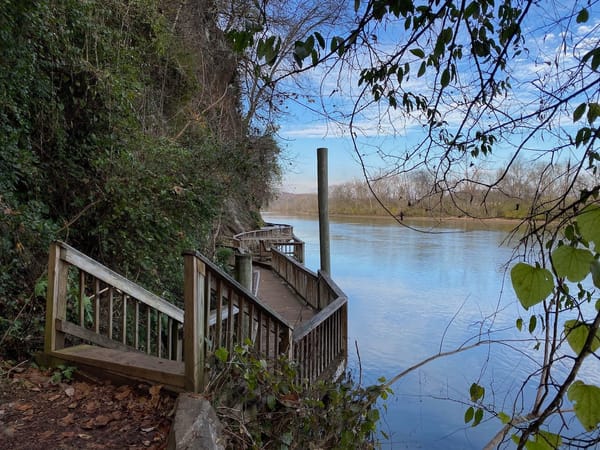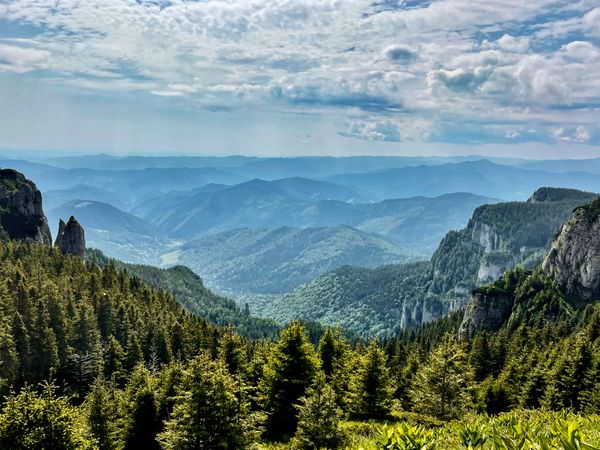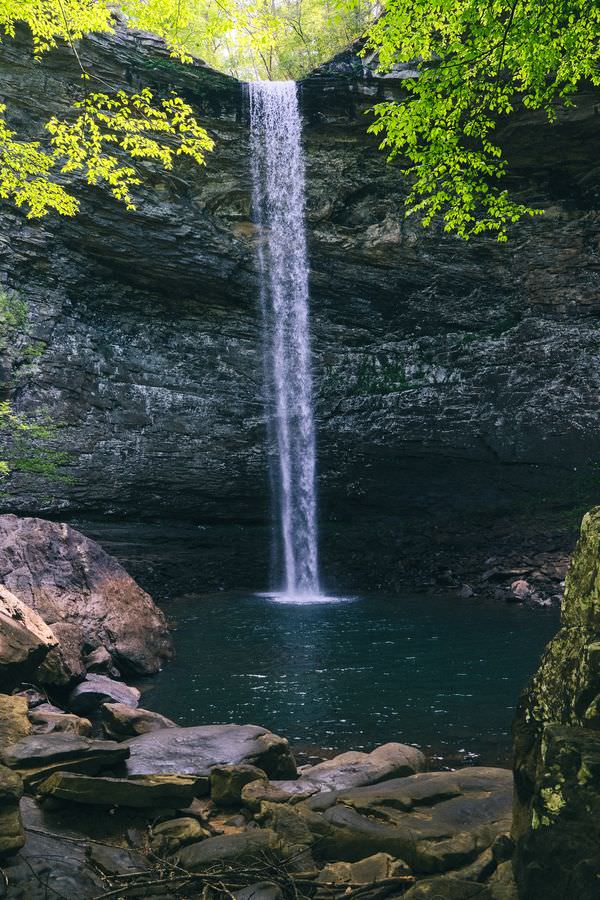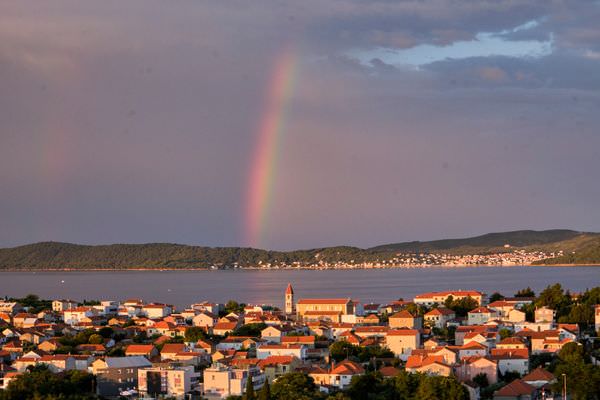While in South Carolina

Anna, the Mom
South Carolina is one of the 50 states of the United States of America. It is situated on the Eastern Coast of the North American continent and is neighbored to the north and northwest by North Carolina, to the south and southwest by Georgia, to the east by the Atlantic Ocean.
While in South Carolina, we stayed for a week in Myrtle Beach and from there we made a one-day visit to the port city of Charleston.
Myrtle Beach
Myrtle Beach is a coastal city, located in the center of The Grand Strand, a 60-mile stretch of beach in the northeast of the state of South Carolina, USA. It is one of the major centers of tourism in South Carolina and the United States.
For a week, we stayed quite close to the beach, so we made time in between school and work to take long walks on the beach. We went during the low season, in the winter, so it wasn't crowded at all. Once we went downtown and there were plenty of parking lots for which we didn't have to pay as one would normally do in the summer.

The beach at Myrtle Beach is one of the most beautiful beaches I have ever seen. While we were there, during the day and in the evenings, the ocean was very calm, and the tide was very low. From time to time, a bigger wave would wash on the shore, leaving behind puddles of still, shining mirrors. A colony of gulls of different sizes were ever present in the tidal pools, foraging for food.
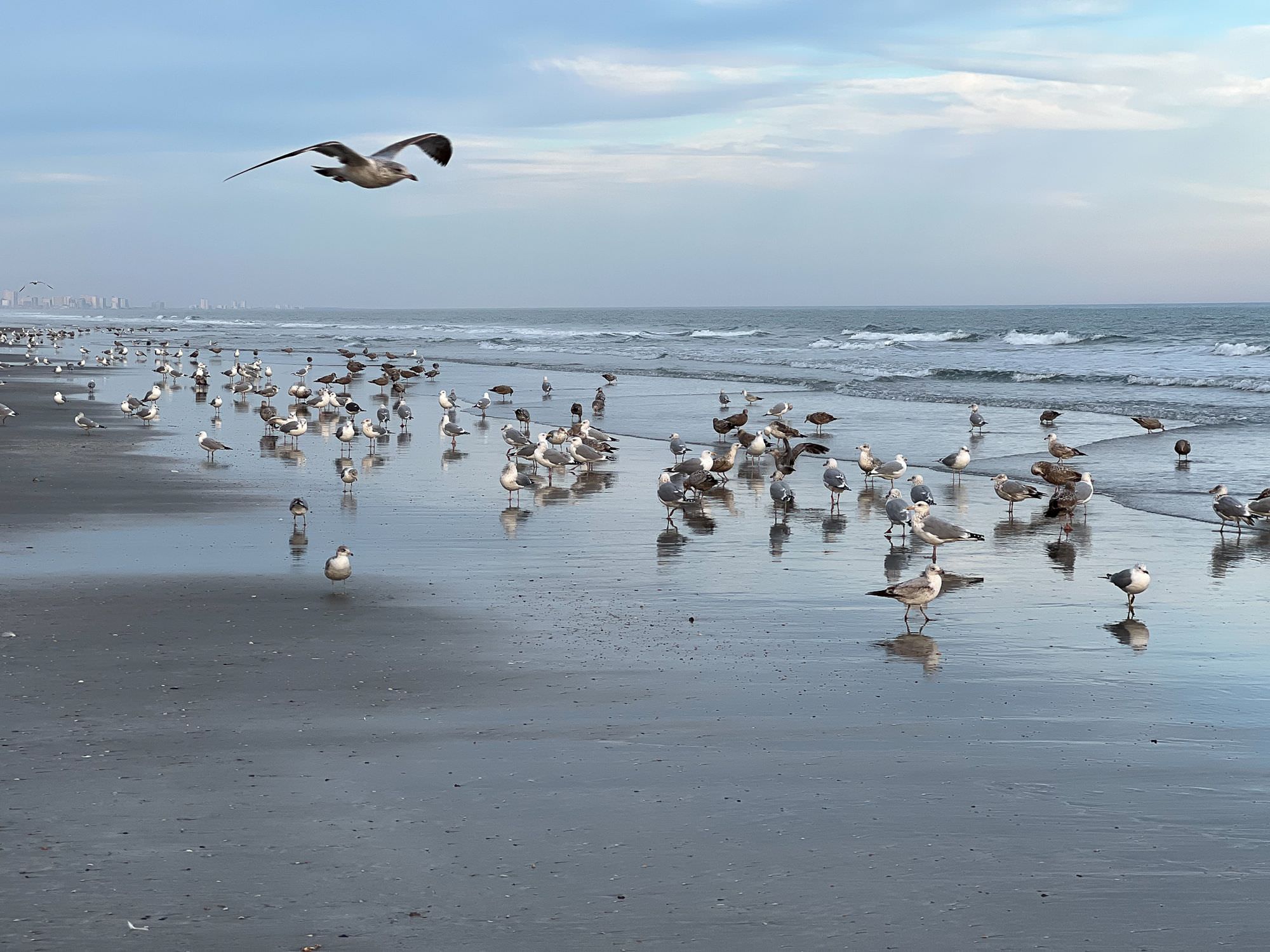
In the evening the colors of the sunset mirror in the wide wet shallow ponds. Because of the tide, it was easy to walk on the wet, bare sand.
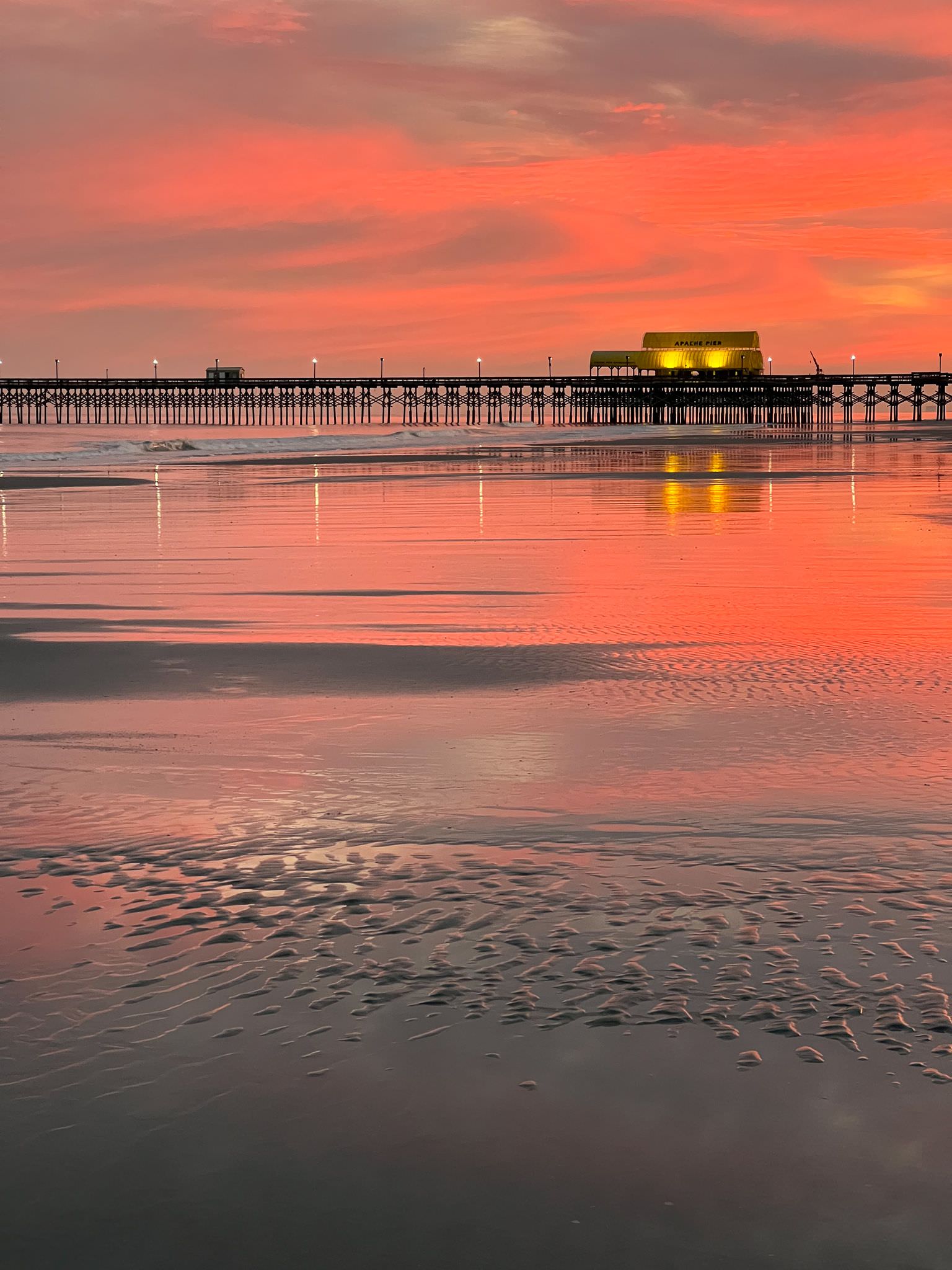
I must confess, I have never seen such beautiful sunsets as the ones at Myrtle Beach in my life. The sunrises are equally remarkable.

When it is cold outside, beach walking is one of our favorite things to do. It is good exercise, as the sand makes it harder to walk and puts a slight strain on the feet. Secondly, the ocean breeze is very healthy, a cure for those of us suffering from allergies or other conditions that clog ears and noses. Thirdly, a large body of water with all its repetitive sounds from the waves, from the breeze, from the wildlife makes us calmer and happier.

A one-day visit in Charleston
Charleston is the largest city in South Carolina, USA, located on the Charleston Harbor. It is one of the oldest cities in the United States, being founded in 1670 by the British colonists, as Charles Town, in honor of King Charles II.
During our travels, we realized we loved being in nature more than visiting historical downtowns or checking out museums, but a combination of history and nature are the best. We also figured that we love savoring our traveling experiences at a slow pace, which means that we have to cut short the list of the many attractions that can be found in a place. So with this in mind, we planned for three attractions to see during our one-day visit to Charleston: the Angel Tree, Charleston Tea Garden and Fort Moultrie.
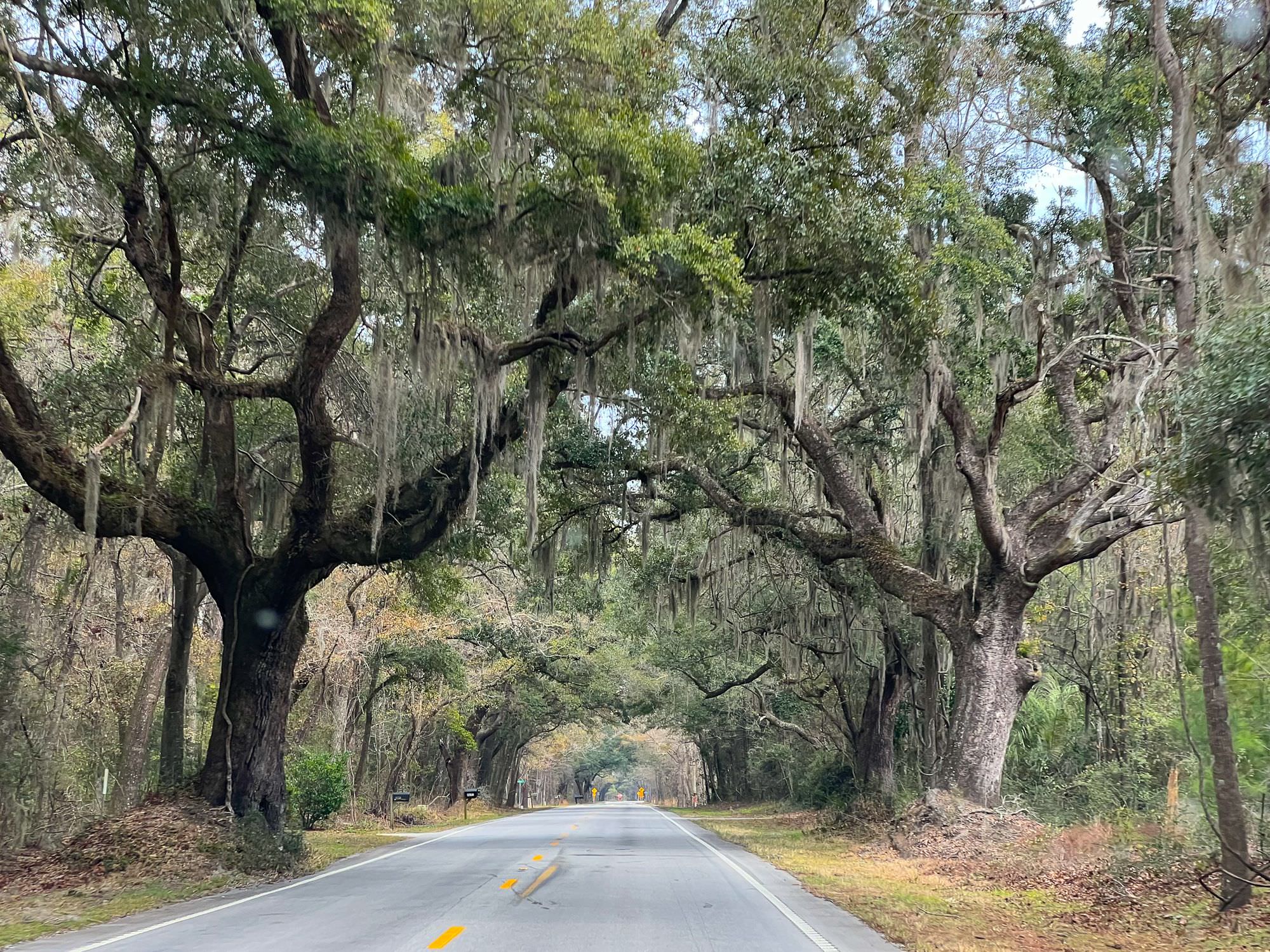
The Angel Tree
The Angel Tree is a Southern live oak, located on John's Island near Charleston, South Carolina. The tree estimated to be 400-500 years old and is expected to live 400 years more if nothing out of ordinary happens to end short its life, so in tree years, Angel is a middle-aged oak. It isn't the tallest tree (66.5 feet (ca. 20 m)) we have ever seen but at least for me, it definitely is the most impressive one.
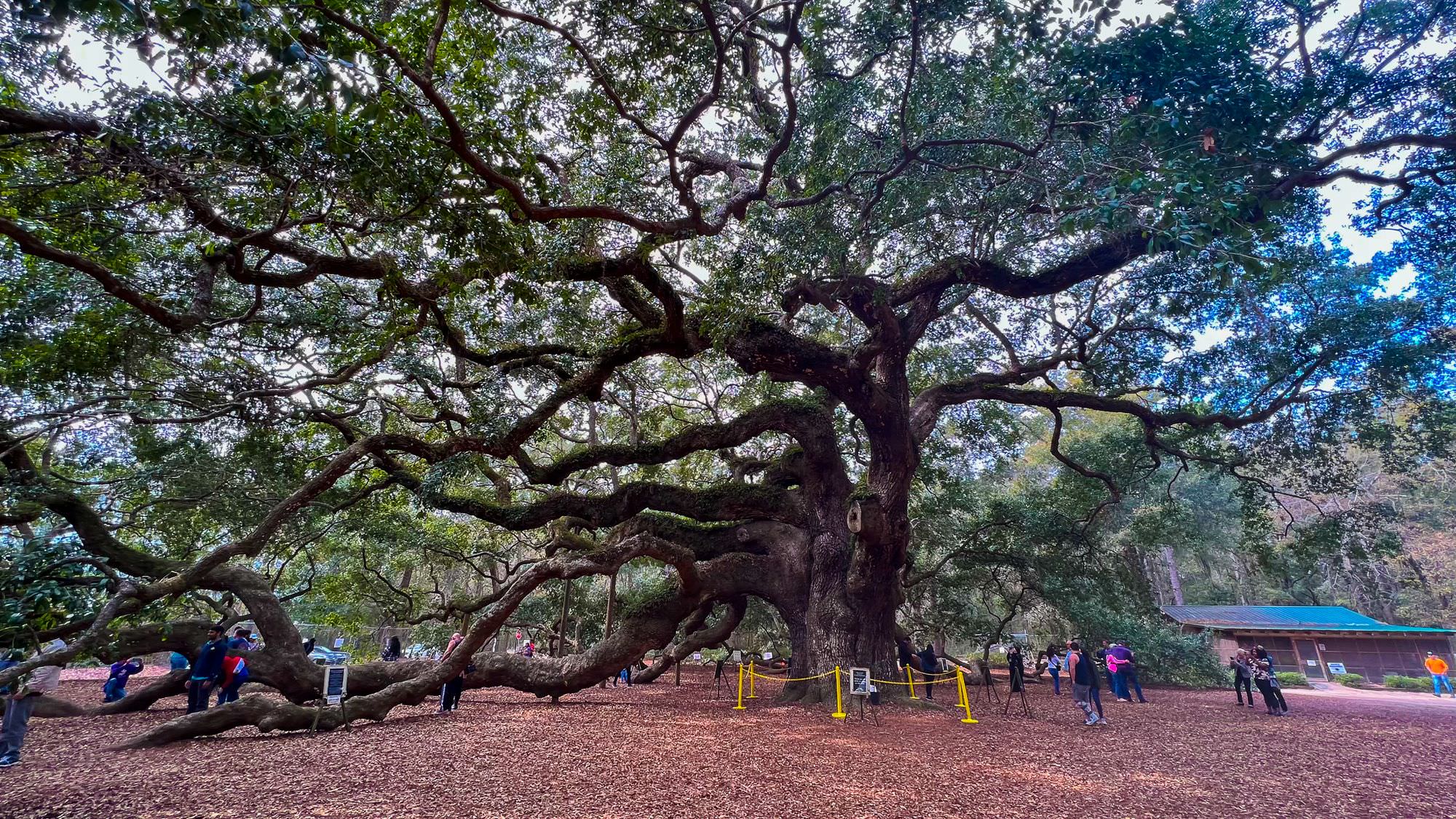
From the enormous trunk of the tree (28 feet (8.53 m) in circumference), branches as thick as trunks of average-sized trees emerge in every direction. Some are so heavy and long that they had to be propped up with poles so that they don't break under their weight. Some lower branches, too heavy to grow up, went down instead and now are resting on the ground. From certain angles, the Angel Oak looks like a monster with many octopus-like arms frozen in the air while fighting hopelessly a legendary hero.
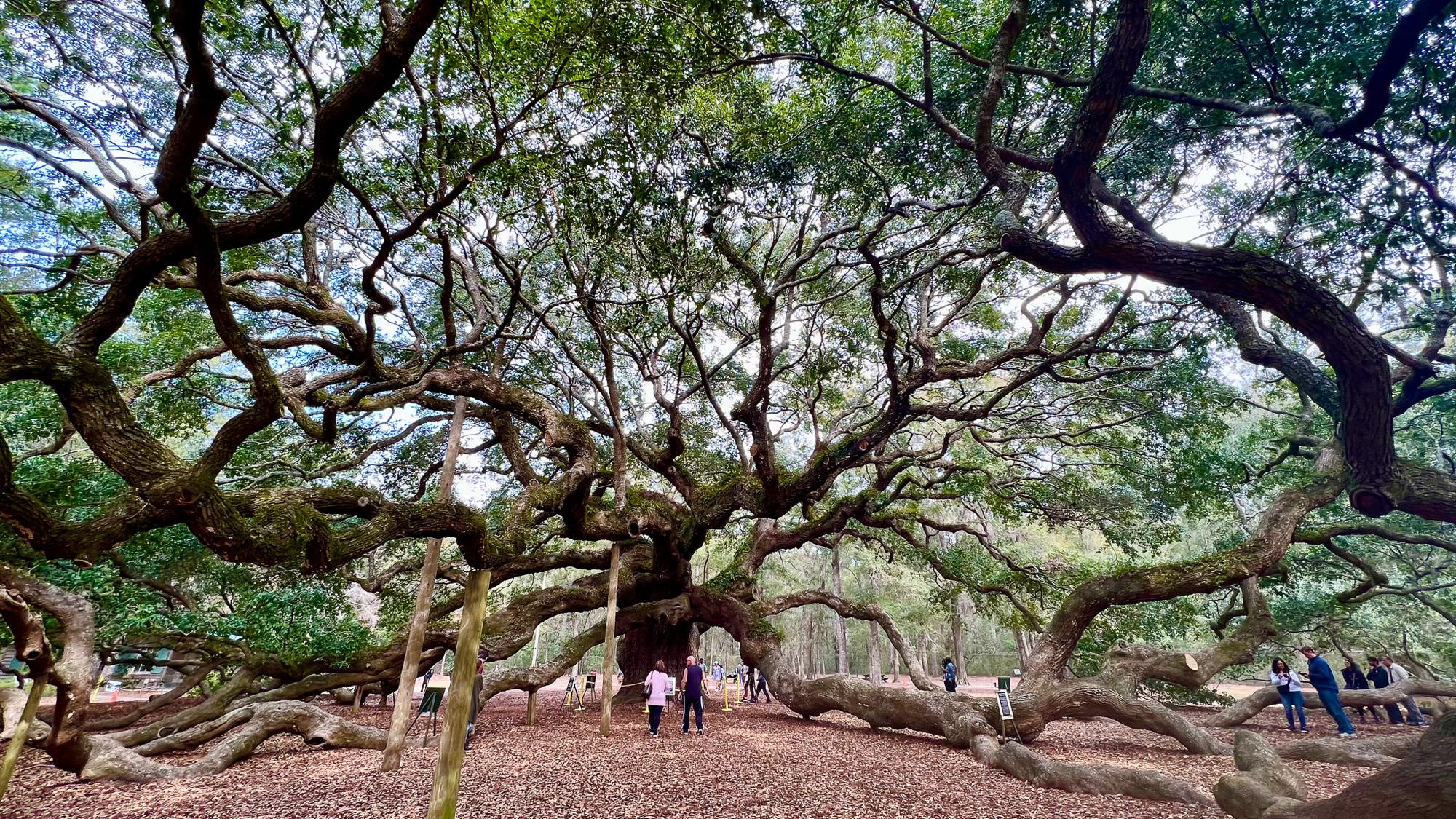
We wandered around the tree for some time in awe, feeling its rough branches and listening to the wind moving into its immense canopy that is producing 17,200 square feet (ca. 16 a) of shade. I was half expecting something extraordinary to happen in this out-of-this-world place. We pondered at the greatness of God reflected in His creation, we marvelled at how in His wisdom He packed something so huge and amazing in the little acorn from which it grew.
I loved the Angel Oak experience, I would definitely come to see it again if possible. There is not much to see in the area where the Angel Oak is located. People come to this spot just to see this tree and probably to participate in cultural activities that are done around it from time to time. A fence protects the area where the tree lives, and people are guarding it and are making sure the visitors don't upset the tree by climbing on it or breaking anything of it.
Charleston Tea Garden
Next we went to see Charleston Tea Garden, a tea plantation in Charleston, the only major one in the United States.
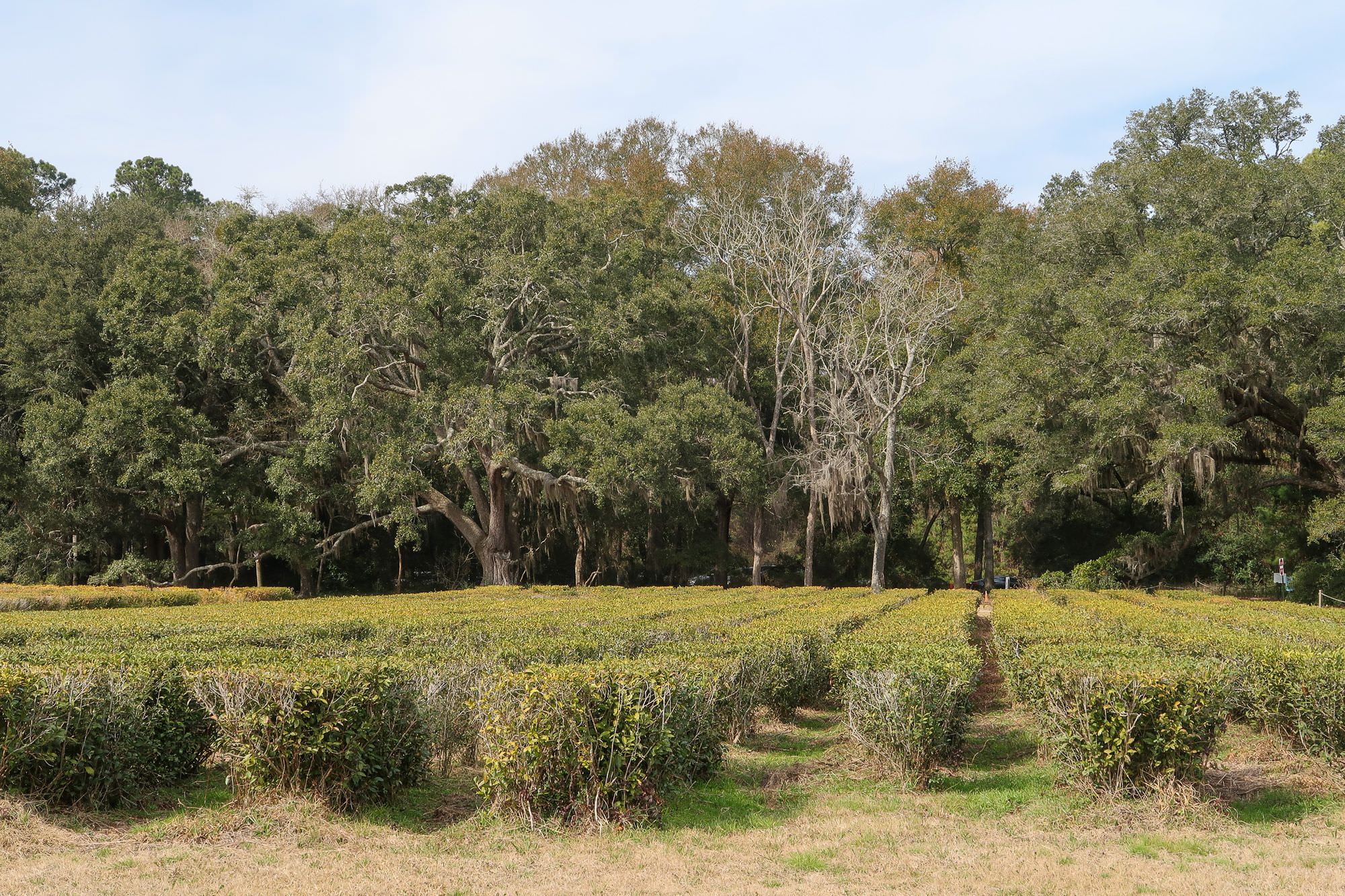
The tea plant Camellia sinensis was brought to Charleston in the late 1700 and planted in areas like Charleston and Georgetown, where it thrived. Many attempts had been made to keep tea plantations alive, but all ended in failure. Later on, fearing the inability to import tea from China and other tea producing countries, the Lipton Company decided to create a research and development center in Charleston, in Wadmalaw Island in 1963. The Charleston Tea Garden of today, along with The American Classic Tea brand was established in 1987 when Mack Flemming, a horticultural professor that had been running the garden for Lipton Company and William Barclay Hall, a third generation tea tester from England bought the land and the research station from Lipton Company. Later on, due to some problems in the running of the company, the Tea Garden was sold to R.C. Bigelow Company, and it is still owned by this company until now.
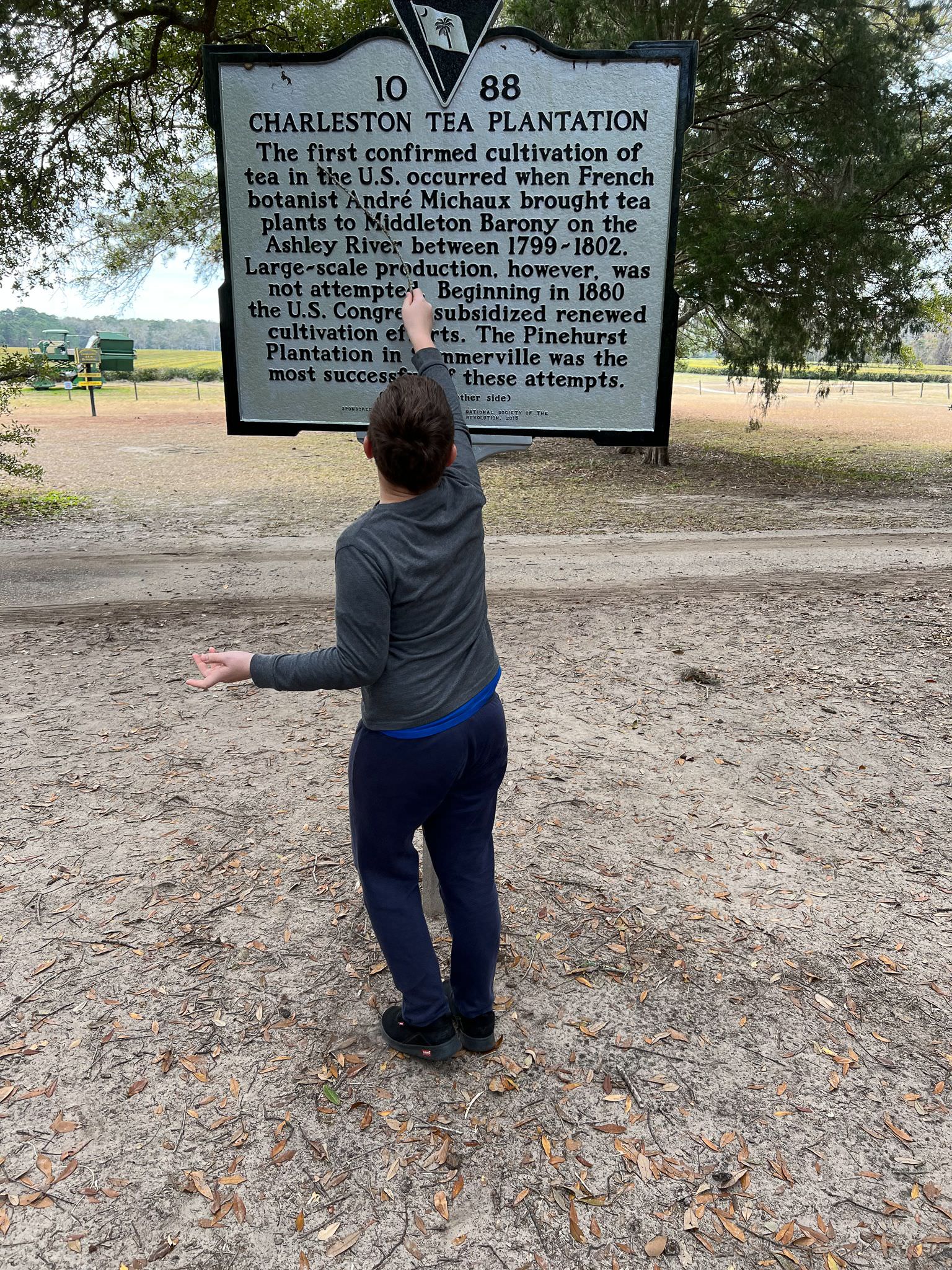
We have never seen a tea plantation in our lives, so we didn't know what to expect going there. In the winter time, the tea bush is taking a break from growing, so there wasn't much activity going on the plantation. At first, we thought that the bushes were an elaborate natural maze for the entertainment of the visitors.
After strolling for a while around the bushes on the plantation, we bumped into the cup used to make the world's largest sweet tea that recorded in the Guinness Book.

Just across the plantation under the majestic trees at the end of the field, we noticed visitors with cups coming out of a building, so we went to check out what was up. The building was the welcome center on the plantation, a lovely souvenir shop where they served free hot and ice tea of different flavors. We got to taste of each flavor, which was a treat for the tea lovers that we are.
After we had some tea, we went to see the tea factory, which was just behind the welcome center. The tour was very informative; we could see through the large windows of the factory the equipment used in making different kinds of teas (green, oolong and black) from the fresh tea leaves brought directly from the plantation just across the front yard.
With the new information under our belt, we went for a short walk through the tea bushes. We plucked a few darkened and almost dried up leaves from a bush and squeezed them hard to see if anything came out of it, any smell, but there was nothing. A bit further on into the field, a gazebo with a few benches, by a small pond, looked inviting. It was a good spot for us to just sit and take in the pleasant looking landscape of well-organized tea bushes arranged in rows upon rows as far as the eyes could see.
Fort Moultrie
Fort Moultrie is a fortification on Sullivan's island, built in 1776, near the beginning of the American Revolutionary War, to protect Charleston from the British occupying forces. The first fort made of palmetto trees did not crack from the bombardment by the British warships in 1776 but rather absorbed the shot, some cannonballs even bounced off the wall of the construction. William Moultrie, commander of the second regiment of South Carolina with his 400 men, after a day-long battle succeeded in driving away the British warships heavily damaged. Even though the British captured the fort eventually in the spring of 1780, in the Siege of Charleston, by the end of the war they left the fort.
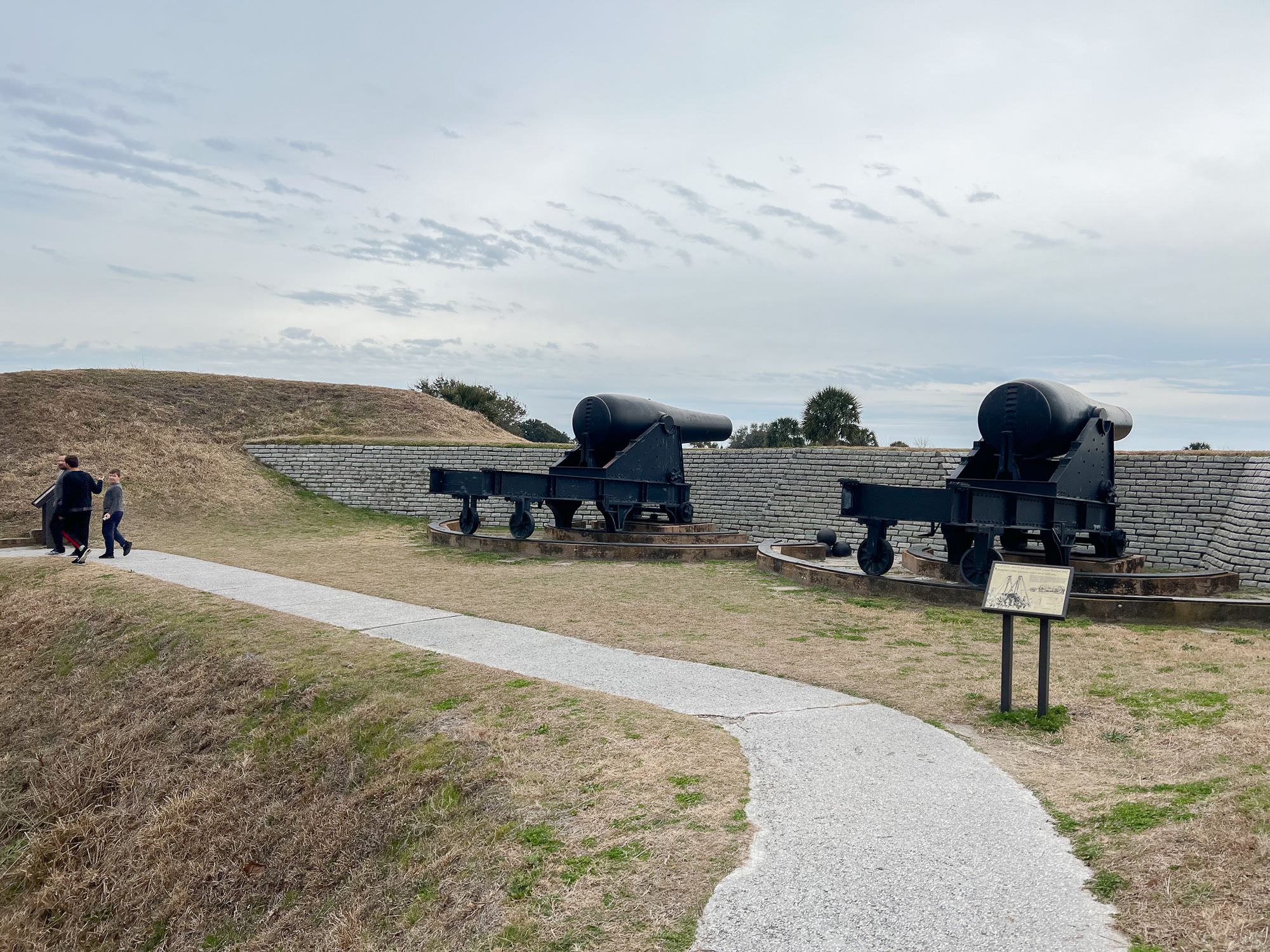
Antigua-Charleston hurricane destroyed the neglected fort in 1804. It was rebuilt in 1808-09 of brick. By the time of the American Civil War, other fortifications like Fort Sumter, Fort Johnson and Castle Pinckney surrounded and defended Charleston. Actually, we were hoping to see Fort Sumter instead of Fort Moultrie, but the time was short, and we didn't make it.
In the Civil War, South Carolina joined the Confederate States of America. On February, the 8th, 1861, Confederate forces bombarded Union occupied Fort Sumter and gained control over it. That is when the Civil War started. Then in 1863, Union forces reduced Confederate occupied Fort Sumter and Fort Moultrie to rubble. In February 1865 as General Sherman marched through South Carolina, Confederate soldiers finally abandoned the ruined Fort Moultrie and left the city of Charleston. The fort went through many changes and designations over time, I won't go in detail, to me, the beginnings of a place are always most interesting.
The main reason the boys wanted to go there was not so much to learn the history of the place, but to see the cannons on display. Boys! I was hoping to see more of the old downtown Charleston, but with three boys in tow, I had to put aside my wishes and go where the majority voted. Ha, ha! I didn't mind it so much, I must confess. The boys had fun examining the cannons and the 1870 built underground bunkers.
To me, the funnest part was walking around the fort and enjoying the view of the harbor from the ramparts. We even managed to walk unto the beach and see Fort Sumter in the distance. Maybe that's where we will go next if we ever come to Charleston again.
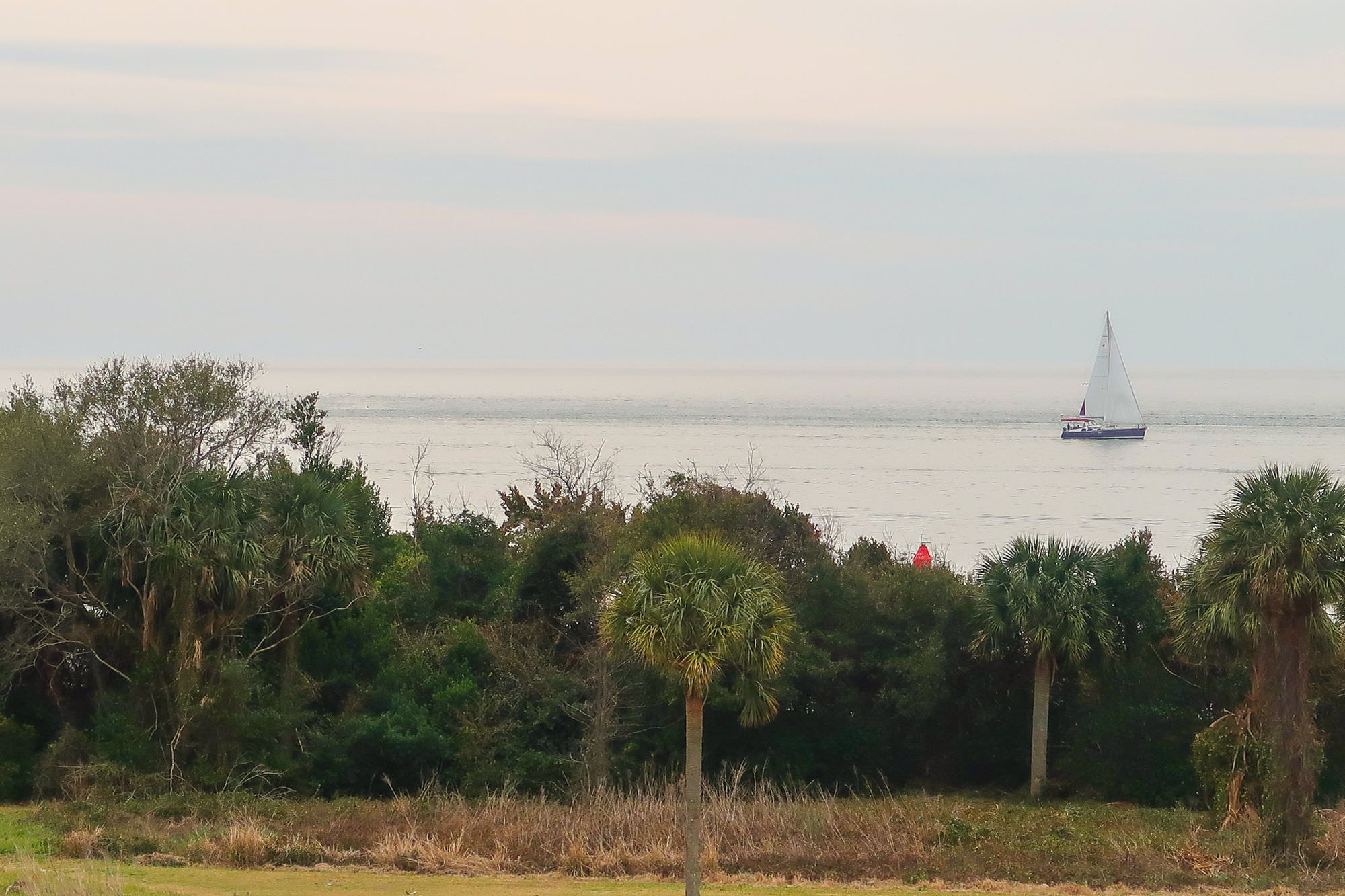
Mihai, 14
When we went to South Carolina, we had many exciting experiences. Some of these were: going to Fort Moultrie, visiting the Charleston Tea Garden, and walking on Myrtle Beach.
The first place that we visited in South Carolina was Myrtle Beach. In fact, our hotel was there, so we lived there for a week. Myrtle Beach City is about 2 hours away from Charleston and is right next to the shore and has a 60-mile-long beach. We usually went for walks on the beach every day, but did not swim because it was too cold. I liked walking to a long pier nearby because it was good exercise.
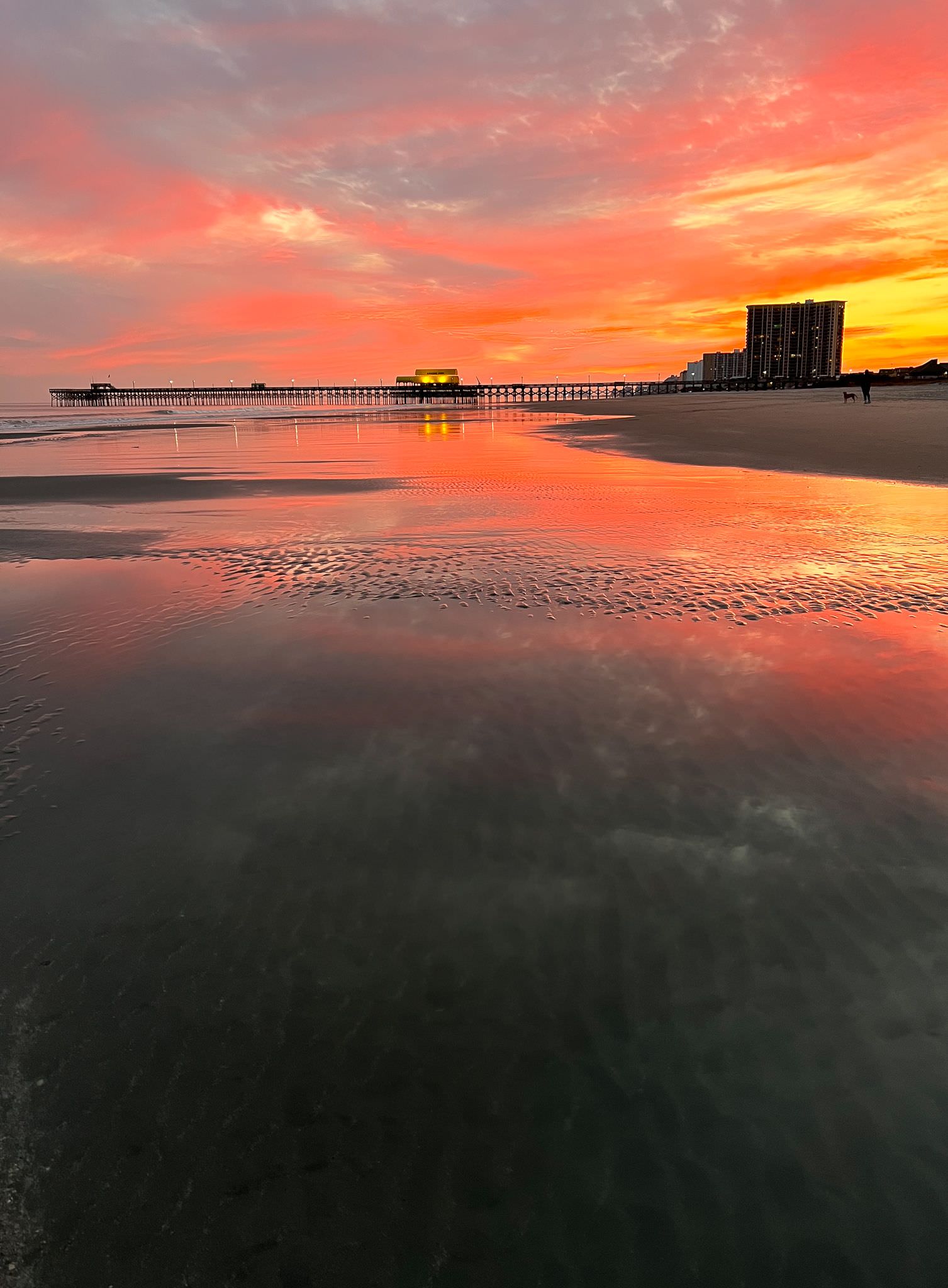
Next, we visited the Charleston Tea Garden, the biggest tea plantation in the United States. When we got there, we saw rows upon rows of tea bushes and were wondering if we ended up in the correct place. It didn't look like a tea plantation, but none of us had ever seen a tea plantation, so we didn't know what one looked like. However, we soon parked and then saw an enormous can of iced tea (the biggest one recorded in the Guinness Book of World Records) in front of a building. We decided to take pictures in front of the can and then went inside.
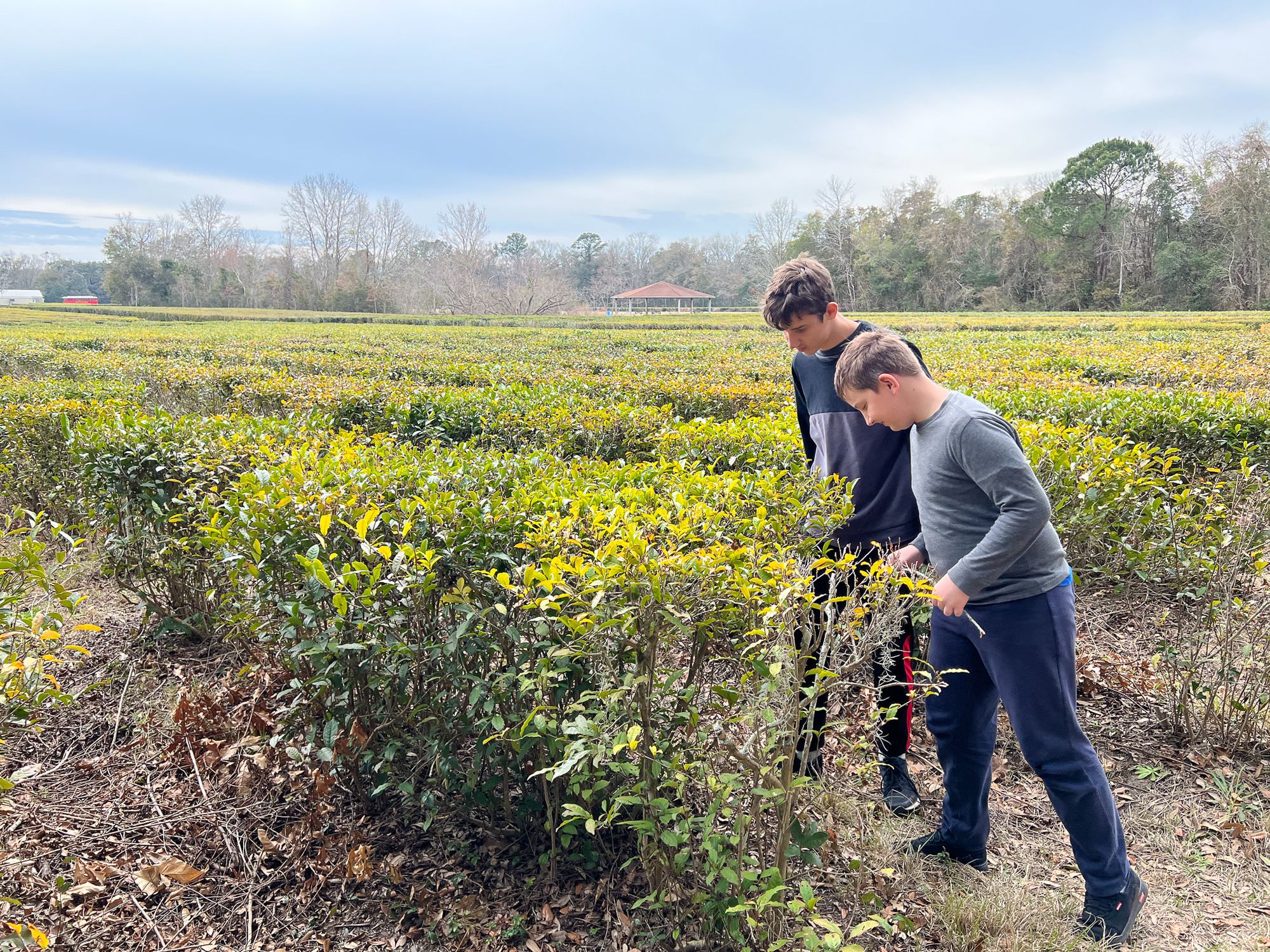
In the building was the tea lover's daydream. There were rows upon rows of boxes of tea and rows upon rows of tea-drinking peripherals. All the colors of the tea rainbow were represented: iced, warm, black, raspberry, breakfast, and so many other flavors of tea it made you salivate just looking at them. Another interesting thing at the tea shop was a tour that showed you how they made tea there.

Finally, we visited Fort Moultrie. This was a civil-war era fort that you could go into and visit. There, we saw at least ten different types of cannons, and even two anti-submarine guns. Beside each of the anti-submarine guns was a magazine that supplied it with shells and gunpowder.
We also saw a WWII-era command center in a concrete building. It looked like soldiers were still working there, but they were all on break. It was fun to look at the anti-submarine guns and imagine firing them at their intended target.
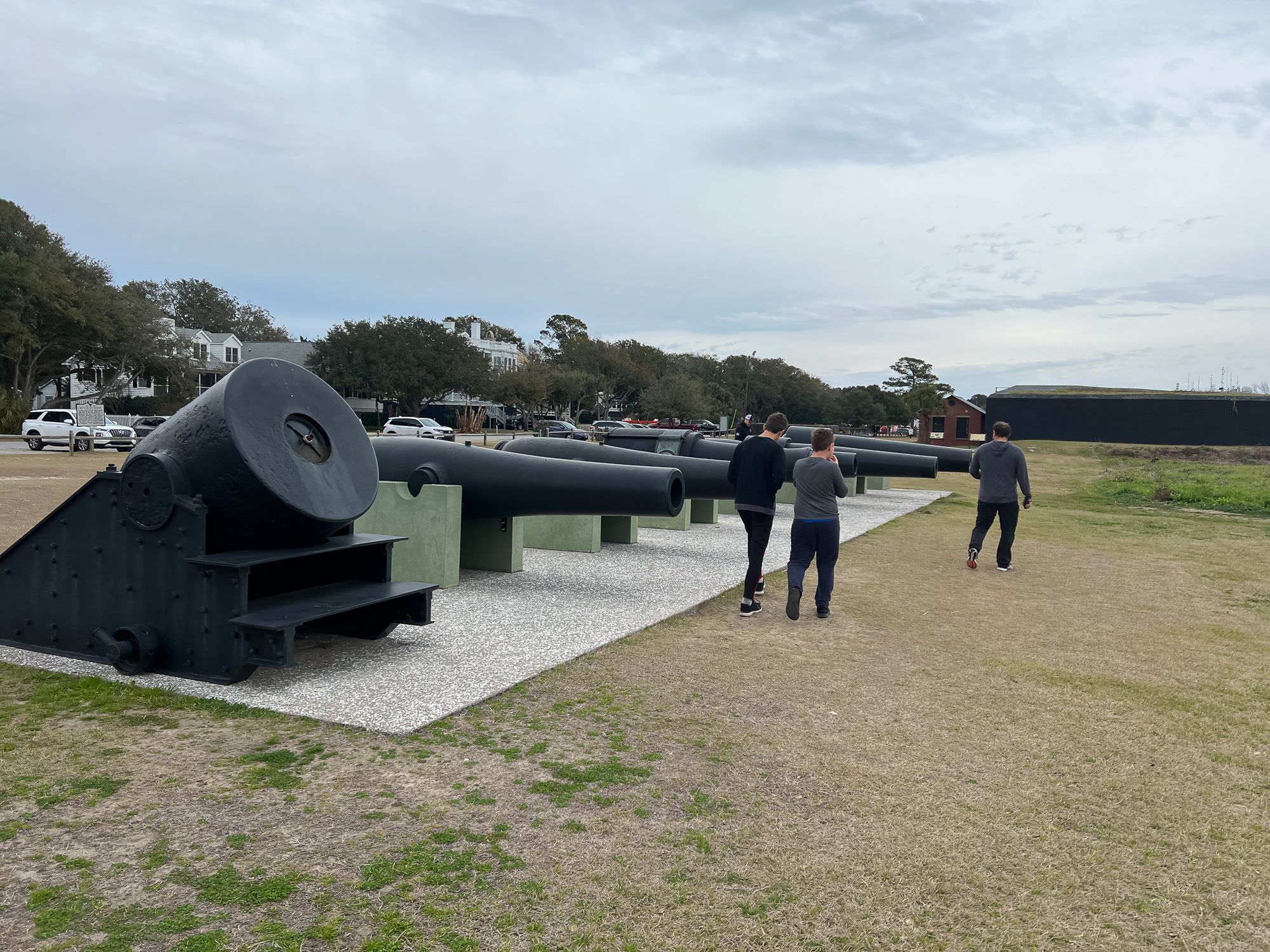
South Carolina is:
The imposing cannons looming over the bastions;
The wet sand squelching under my shoes;
The warm English tea that I got from the tea shop;
The monotonous voice of the tea factory guide;
The bumpy cast iron of the ancient cannons.
I would go again to visit Fort Sumter.
Paul, 11
When we went to South Carolina we visited the Angel Oak, Fort Moultrie, and The Charleston Tea Plantation in. Each of these places were special in their own way.
The first place we visited was the Angel Oak, which is the biggest southern live oak tree. Its giant branches stretched over the ground, casting shadows. Right next to the tree, there was the cutest oak ever. This one had been growing for a short amount of time and was known as Angel Jr. This tree was from an acorn that fell off the Angel. I liked the Angel tree because it looked as if the giant tree was pulled out of the ground then turned upside down with its roots on display.
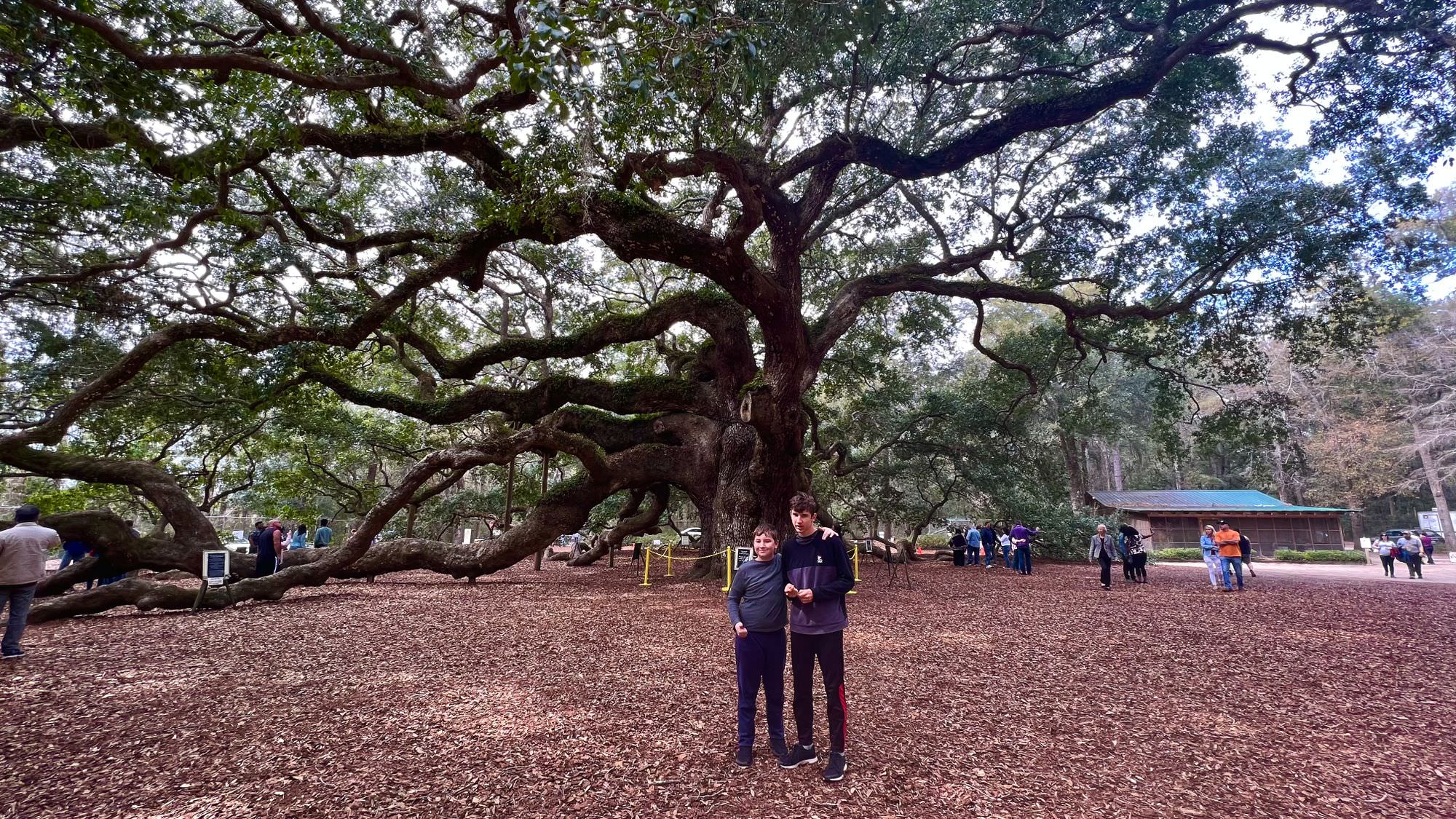
Next, we visited the Charleston Tea Plantation, which is the only major tea plantation in America. I learned that all types of tea (black tea, green tea, and oolong) are made of the same tea leaves and that cinnamon tea could be drunk with milk. We could get free cups of tea from the plantation's welcome center, and we could drink as much as we wanted. By a small gazebo in the middle of the tea plantation, there was a pond where an alligator named See-ya-lator.
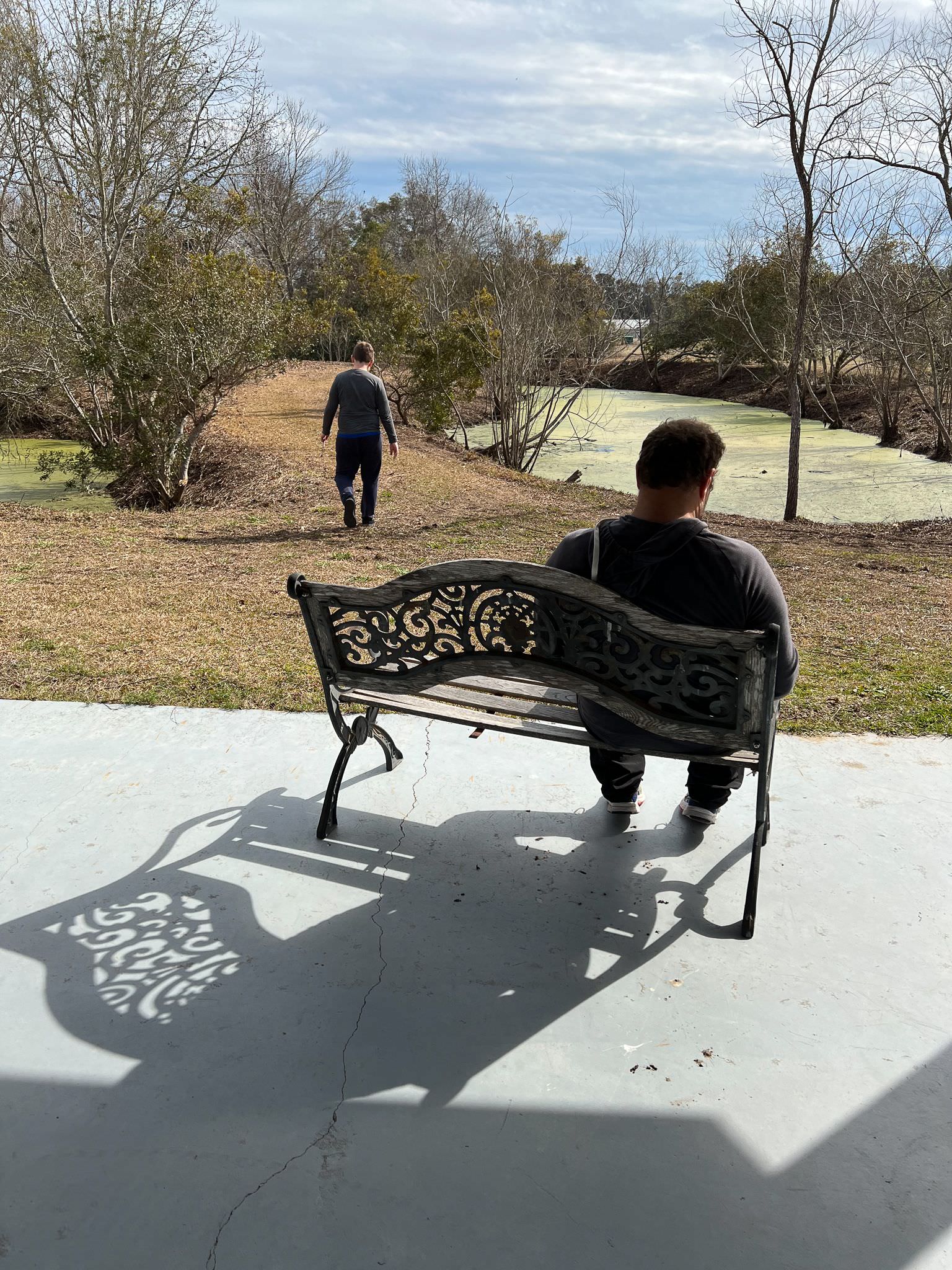
Our last stop was Fort Moultrie. This fortress was one used in the civil war and belonged in the beginning to the Confederates. We noticed the giant cannons resting on the parapets and went to explore them. We saw a beach in the distance, so we went to it to check it out. Near the entrance there were 10 cannons which were probably used for defending the Fort of invaders coming from the beach. I liked going here because we got to see giant cannons.
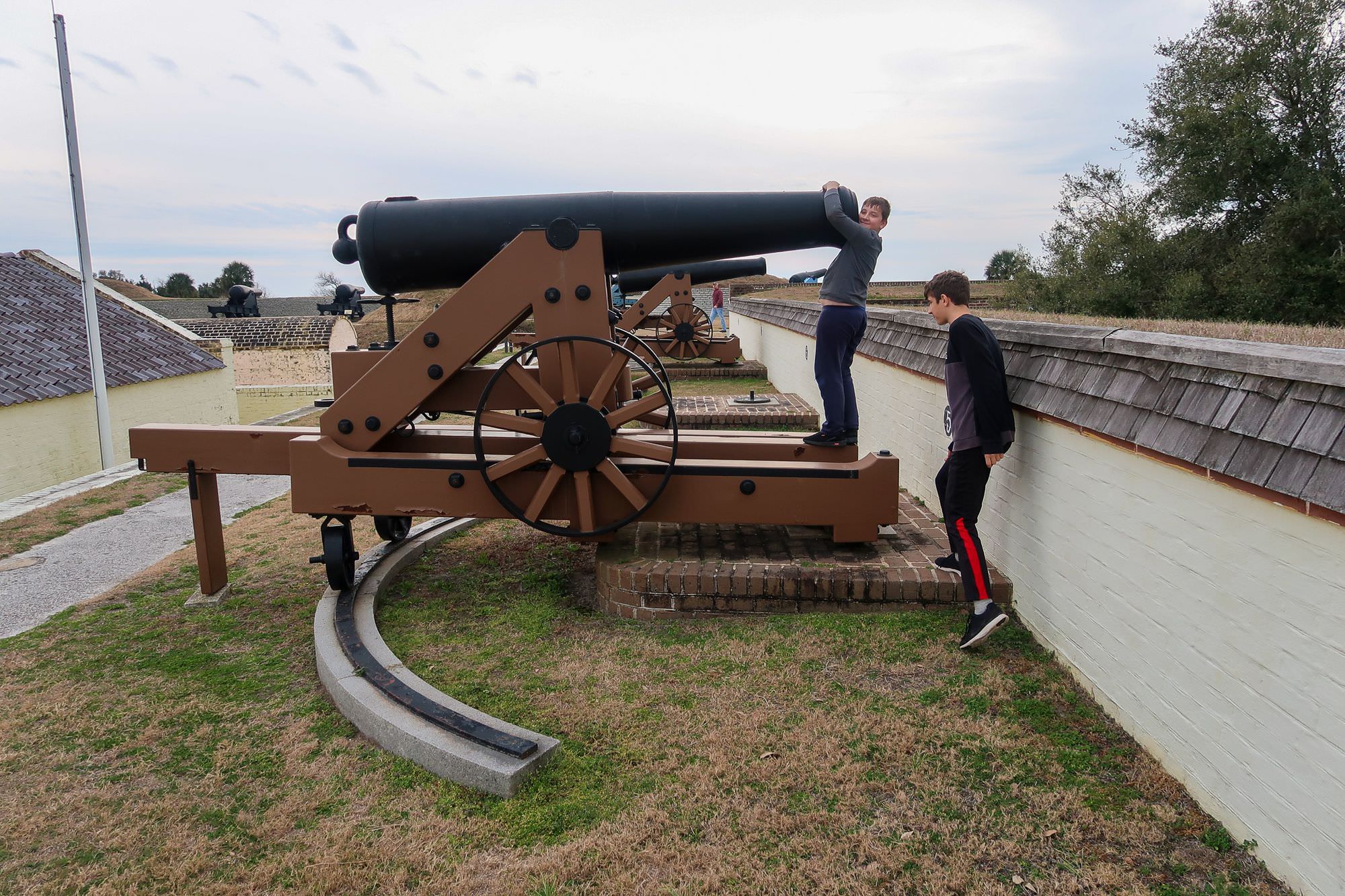
I would go again to see the cannons being fired.
The visit to South Carolina for me was:
The soothing shade of the Angel Tree with its branches creaking in the wind
The cheery taste of fresh tea
The hard stone walls of the Fortress
The smooth barrels of the cannons.




